Concrete is one of the strongest materials in the world, and it’s been around since ancient times. Why is concrete so important around the world? It’s all in the history of concrete.
When was it first used?
While concrete in its current form has been around for a few hundred years, early forms of concrete were being used thousands of years ago.
In 3000 B.C., Egyptians used bricks made of a mud and straw mixture along with mortars made of gypsum and lime to build the pyramids.

Around the same time, China was using a form of cement to build boats and the Great Wall of China. A key ingredient in this mixture was sticky rice, and some of the structures built with it are still standing today.
Starting in 300 B.C., the ancient Romans used an early form of cement to build structures such as the Pantheon and the Colosseum. They also invented admixtures, which are additions to concrete mix and are still used today.
The first “modern” concrete was used in the 1700s in England. John Smeaton used a combination of a limestone-clay material and trass to build a lighthouse that stood for over a century.
In England in the 1800s, Joseph Aspdin invented Portland cement. He used a combination of limestone and clay and would pulverize the mixture. Then the mixture was burned to create clinker, which was ground to become cement. Construction still uses a version of this cement today.
What’s the difference?
Although the basic principles have stayed the same, as technology developed and knowledge grew, the details of creating concrete have changed. Thanks to advancements, kilns have greatly advanced. Industrial kilns that used to be 80 feet long are now up to 500 feet.
We are able to produce more concrete and more efficiently now than before. Advancements such as ready-mix concrete make it possible for builders to be more environmentally friendly and use less waste. Mixing concrete on-site keeps concrete mixtures fresher and ultimately makes buildings stronger.

Concrete advancements
- Ward’s Castle: Port Chester, New York
- Built in 1875, this is the first home built in the U.S. made entirely of reinforced concrete
- Steel-reinforced concrete
- In 1877, Ernest L. Ransome developed a system using twisted, square steel rods to improve the bond between steel and concrete. This created stronger concrete buildings and allowed for more complicated designs.
- Court Street: Bellfontaine, Ohio
- In 1891, George Bartholomew poured the first concrete street in the U.S. This street is still in use today.
- The first high-rise
- In 1904 in Cincinnati, Ohio the first concrete high-rise was built. It stands 210 feet tall.
- Hoover Dam
- In 1935, less than 20 years after a standard cement formula was established, the Hoover Dam was built. The project used 4,360,000 yards of concrete
- Grand Coulee Dam
- The Grand Coulee Dam was completed in 1942. It is the largest concrete structure ever built and used 12 million yards of concrete.
- Office of the Future, Dubai
- In 2016, the first 3D printed concrete building was created in Dubai. It was printed with a concrete printer offsite in 17 days and installed on site in 2.

The future
As technology continues to advance, the possibilities of concrete construction grow. There has already been one 3D printed building, and it’s possible to see more in the next few years.
The solution to Roman concrete has remained a mystery since the fall of Rome. But recently, researchers have discovered a way to possible figure it out. We already know that one of the key ingredients is volcanic ash. Researchers are trying to replicate this recipe. The revolutionary aspect of Roman concrete is that it is impervious to seawater. Current concrete erodes in saltwater after just a few decades, but Roman structures still survive after thousands of years.
What else could the future of concrete hold? We’ll just have to wait and see.
In the meantime, use concrete for your construction project to ensure its strength. Elston Materials can help you find the right materials for your project.


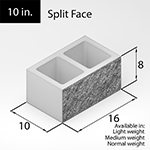
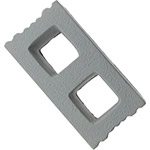

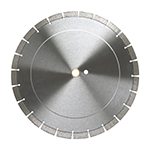

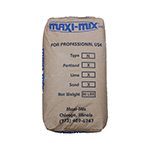

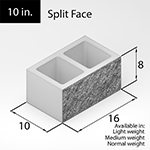







Pingback: tinder meaning in relationship
Pingback: top 10 free legit dating sites
Pingback: keto friendly recipes
Pingback: How Did They Make Mortar In The Old Days? – Bescord
Pingback: Muchos siglos antes de la Existencia -de Grecia o Roma, como imperios- los israelitas,NOMADAS, 7,000 anos antes de Cristo – Music Multilingual Tips for Mothers, Online Parenting, Game Learning, Tools, Suggestiones